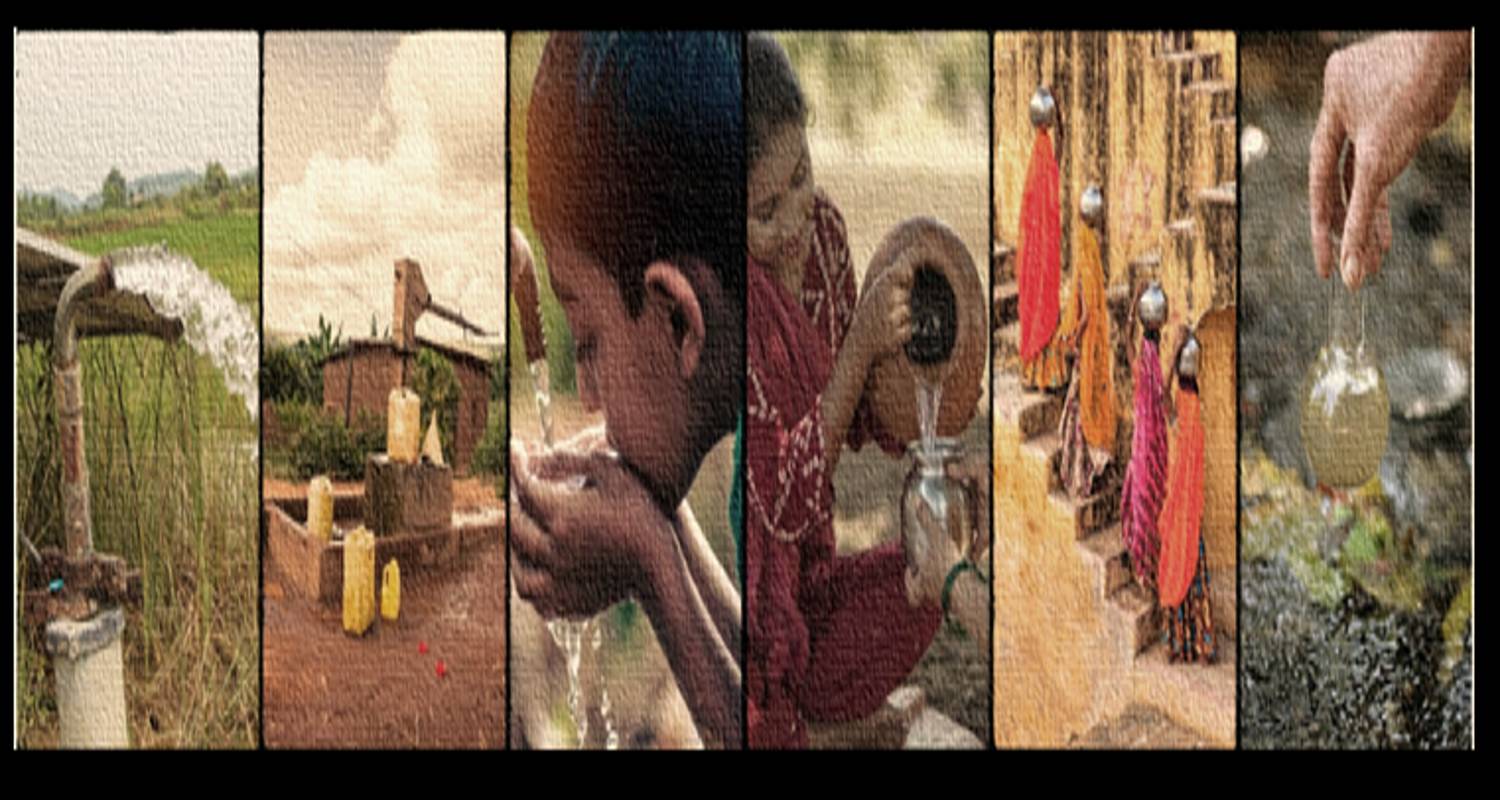Groundwater Contamination in West Bengal, Bihar & UP
by GovernBetter Desk | 5 min read
JalJeevanMission
HealthRisks
The Ministry of Jal Shakti, has initiated several programs to monitor and mitigate groundwater contamination.

Groundwater contamination is a growing concern in India, as highlighted by the Central Ground Water Board (CGWB) in its Annual Ground Water Quality Report 2024. While the majority of groundwater in the country is potable, certain localized pockets in West Bengal, Bihar, and Uttar Pradesh have been identified with elevated levels of Electrical Conductivity (EC), nitrate, and fluoride, exceeding permissible limits set by the Bureau of Indian Standards (BIS) for drinking water.
Groundwater Contamination: State-wise Analysis for 2023
The following table outlines the percentage of groundwater samples in Bihar, Uttar Pradesh, and West Bengal that exceeded prescribed limits for EC, nitrate, and fluoride contamination:
Extent of Groundwater Contamination Across India
-
Nitrate Contamination:
-
Detected in isolated pockets of 443 districts (~56%) out of a total of 788 districts.
-
Elevated Electrical Conductivity (EC):
-
Reported in isolated areas of 218 districts.
-
Fluoride Contamination:
-
Found in 263 districts in levels beyond the prescribed limit.
Health Risks of Contaminated Groundwater
Consumption of contaminated groundwater poses serious health risks:
-
Nitrate (>45 mg/L): Linked to methemoglobinemia (blue baby syndrome) and other long-term health issues.
-
Fluoride (>1.5 mg/L): Causes dental and skeletal fluorosis.
-
Elevated EC (>3000 µS/cm): Indicates high salinity, impacting water palatability and suitability for consumption.
Government Initiatives to Address Groundwater Contamination
The Government of India, led by the Ministry of Jal Shakti, has initiated several programs to monitor and mitigate groundwater contamination. Key measures include:
1. Monitoring and Reporting
-
Groundwater Quality Data Dissemination:
-
Data is made public through reports and shared with State Governments for remedial action.
-
CGWB issues half-yearly Groundwater Quality Bulletins and fortnightly Alerts for immediate action in affected areas.
2. National Aquifer Mapping Programme (NAQUIM):
-
Focus on groundwater quality and contamination.
-
Construction of arsenic-free wells using innovative cement sealing technology in arsenic-affected areas.
-
Technical assistance to states for constructing fluoride-safe wells.
3. Jal Jeevan Mission (JJM):
-
Launched in August 2019, the program provides potable tap water to every rural household.
-
Priority to Quality-Affected Areas: Allocates 10% weightage in funds to habitations affected by chemical contamination.
4. Pollution Control Measures (CPCB):
-
Effluent Treatment: Development of industry-specific discharge standards under the Environment (Protection) Act, 1986.
-
Establishment of Common Effluent Treatment Plants (CETPs) for clusters of Small-Scale Industries.
-
Implementation of Online Continuous Effluent Monitoring Systems (OCEMS) for real-time tracking of industrial effluents.
5. Awareness and Training Programs:
-
Workshops and Campaigns: CGWB conducts programs on groundwater pollution prevention and safe water use.
6. Groundwater Recharge and Conservation:
-
Programs like Jal Shakti Abhiyan, Amrit Sarovar Mission, Mahatma Gandhi National Rural Employment Guarantee Scheme (MNREGS), and PMKSY-WDC focus on groundwater recharge to improve water quality.
Progress Over Time: Districts Affected by Groundwater Contaminants (2017–2023)
The number of districts affected by key contaminants (nitrate, fluoride, and EC) from 2017 to 2023 is as follows:
Way Forward
-
Accelerate Implementation of Jal Jeevan Mission (JJM):
-
Ensure timely provision of safe tap water to rural households, prioritizing habitations with severe contamination.
-
Innovative Technologies for Groundwater Safety:
-
Promote adoption of technologies like cement sealing for arsenic-free wells and fluoride-safe wells.
-
Strengthening Pollution Control Measures:
-
Expand real-time monitoring of effluents through OCEMS.
-
Strict enforcement of standards for industrial discharge under the Environment (Protection) Act.
-
Increase Public Awareness:
-
Launch extensive awareness campaigns on groundwater contamination and safe water use.
-
Focus on Groundwater Recharge:
-
Promote rainwater harvesting, watershed development, and aquifer recharge to improve groundwater levels and quality.
While groundwater in India is largely potable, localized contamination by nitrate, fluoride, and EC in states like Bihar, Uttar Pradesh, and West Bengal highlights the need for targeted interventions. Through initiatives like Jal Jeevan Mission, National Aquifer Mapping Programme, and pollution control efforts, the Government of India is addressing these challenges to ensure safe drinking water for all. However, the success of these measures hinges on collaborative efforts between the Central Government, State Governments, and local communities
Contact Us. We'd love to hear from you!

GovernBetter
An unconventional governance innovation lab, working at the intersection of policies, data and impact collaborating with governments, civil society, academia and international organization to strengthen democratic institutions, improve service delivery, and make public policy more transparent, inclusive, and effective with specific focus on emerging technologies.
Quick Links
Copyright © GovernBetter 2025